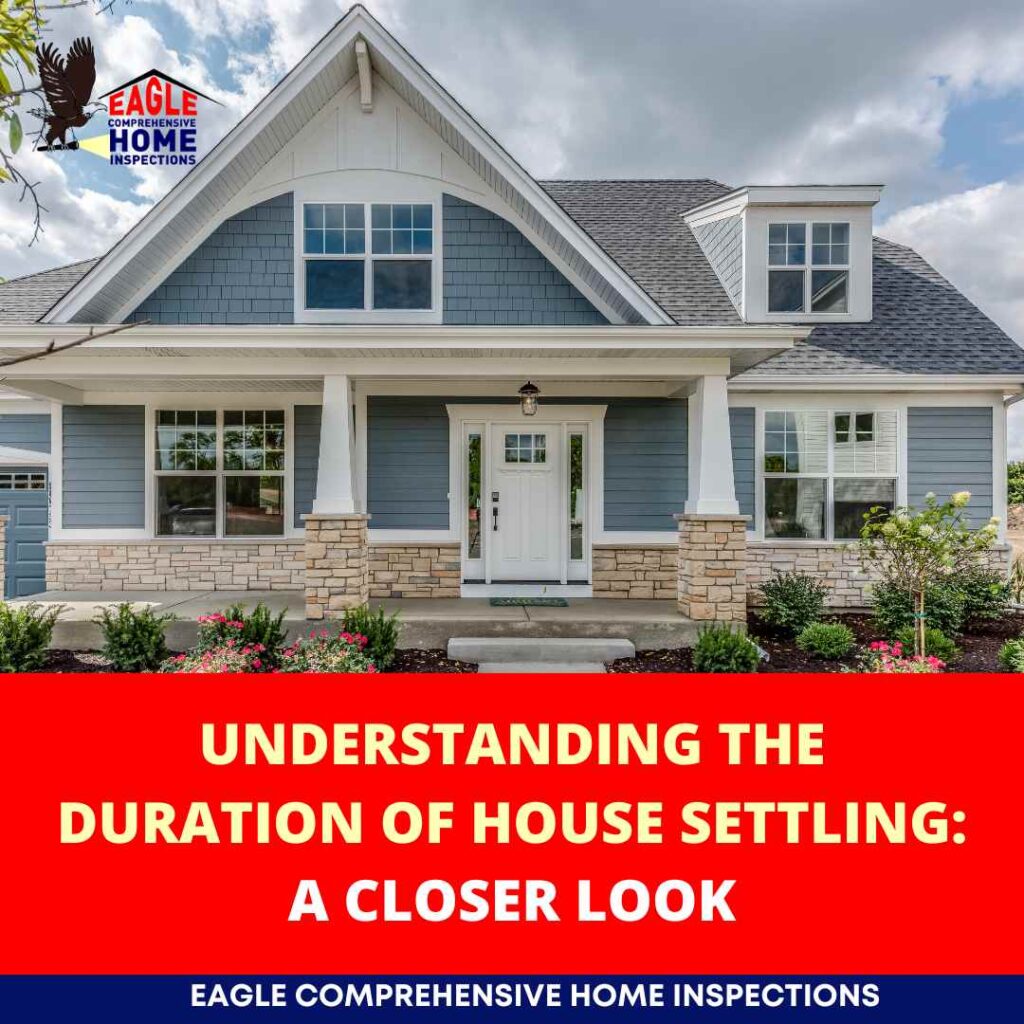Purchasing a new home is an exhilarating experience, whether you’ve witnessed its construction progress over several months or you’re acquiring a pre-owned property. It marks a significant milestone in life, but it can also bring about stress and frustration, particularly when the house starts to settle. The duration of the settling process is a common concern among homeowners. Some claim it takes three years, others say ten, but the truth is that a house never truly stops settling. Let’s explore the concept of foundation settling, including its timeline and causes.
Understanding Foundation Settling and Its Duration
Foundation settling refers to the natural changes that occur in a home’s foundation over the years. It is a gradual process influenced by various factors, including the passage of time and weather conditions. As a house ages, it naturally undergoes settling and experiences slight movements. It is normal for a newly completed home to go through initial settlement for a few years, as long as it is evenly distributed across the structure.
The Impact of Weather and Climate on Foundation Settling
Weather conditions play a significant role in the settling of a foundation. Homes built on improperly prepared soil or during periods of drought may continue to settle long after completion. Similarly, if the foundation was laid during a dry period and subsequently faces heavy rainfall, the expansion and contraction of clay soil can cause the foundation to shift. In colder climates, the cinder blocks in basements or crawl spaces may expand and contract during colder weather, potentially leading to cracks in the foundation.
Thermal Movement and Soil Settlement
The duration of house settling varies depending on different opinions. Some argue for three years, others for ten, while some believe it never truly stops. Thermal movement is a contributing factor to house movement. Hot summer temperatures cause the soil to shrink, resulting in movement. Similarly, in winter, the soil freezes at greater depths, leading to shifting.
Soil settlement occurs when the foundation is not properly laid. Soil must be compacted and consolidated to provide adequate support for the weight of a home and maintain stability. Differential settlement occurs when undisturbed soil and compacted fill consolidate at different rates, causing cracks to appear in the foundation and the home. If the soil is consolidated correctly, cracks would not form in the first place.
Recognizing Signs of Home Settling
All houses settle to some extent, and many will exhibit minor cosmetic flaws, such as thin cracks in walls and foundations. As long as these cracks don’t grow, they are usually not a cause for concern. Homeowners can typically fix cracks measuring 1/8 inch or smaller by themselves. To determine if a crack exceeds this size, check if a credit card can fit into it. If it does, it is larger than 1/8 inch and should be assessed by a professional.
Conclusion
The settling of a home can occur in various ways. Unfortunately, not all homes settle in the same manner, which is why it is crucial to remain vigilant for cracks and other signs mentioned above. If you have any questions about your home’s settling or wish to share areas that you believe have settled or moved with us at Inside and Out Properties, please don’t hesitate to reach out to us. We are here to assist you in ensuring the long-term stability and safety of your home.

